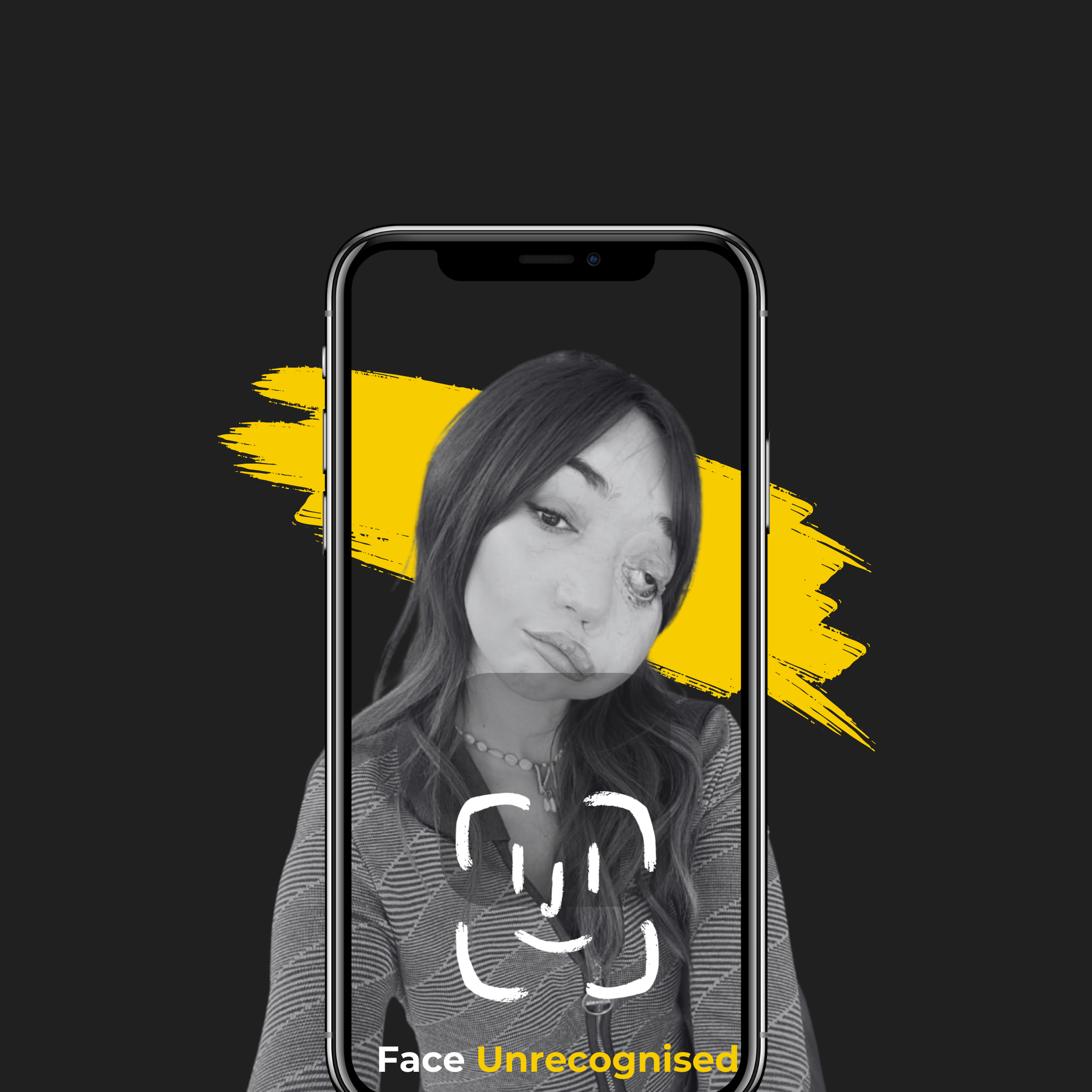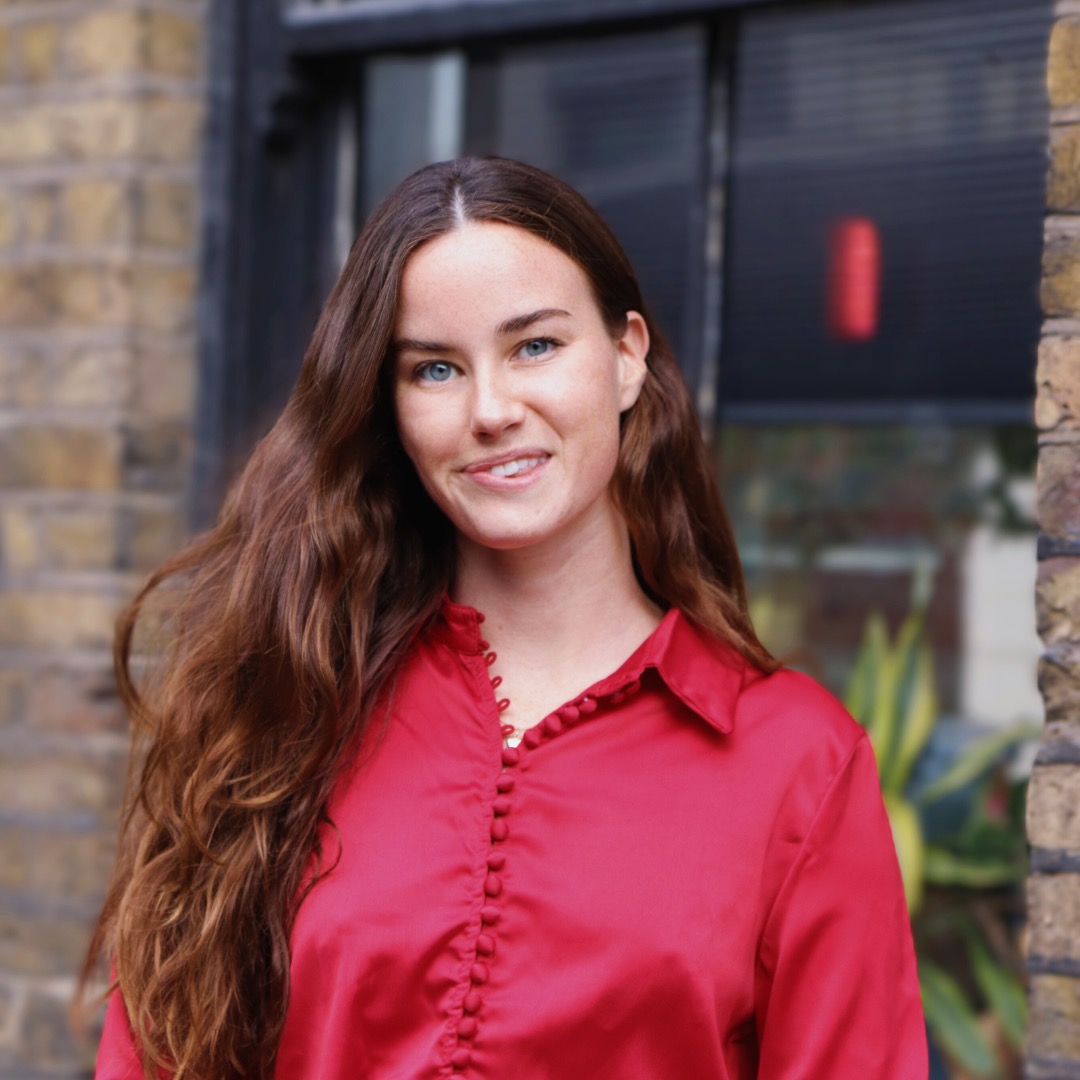Raymond Lee
Disney has announced that a live-action Hunchback of Notre Dame is in motion, and that they’ve started the hiring process. I was elated that they are finally making my favorite Disney movie into a live-action film. The original is a monumental statement on morality and diversity, led by a gypsy woman of color, a war Veteran, and an orphaned man with very visible deformities. When talking about positive media representation for deformed people, it honestly doesn’t get better.
Then, my heart dropped, because I realized that Disney will likely choose to hire a non-deformed actor to play Quasimodo, once again.
Don’t get me wrong, I love Tom Hulce’s portrayal of Quasimodo. But Disney must make the biggest effort possible to hire a deformed actor for the lead of the live-action Quasimodo. It’s time. The original movie makes the query, “what makes a monster, and what makes a man?”, but I genuinely wonder if Disney will put its money where its mouth is.
I didn’t know there were other people with my deformity until I was 24 years old. By chance, someone mentioned to me, “You have the same deformity as this actor I saw”. One Google search later, I was blown away. My immediate thought was, “That’s me! That’s my body!” I was so excited to finally have a name put to my condition. The next thing I did was search on social media for groups and pages, where I could connect with people like me. This is a familiar journey for me, as a transgender man; finally learning that there are so many others like me out there, who can guide, support, and connect with me like no one else ever could.
This is not the only parallel I’ve found, however. We trans people are becoming more outspoken about how we detest our representation in media. We’re tired of the stereotypes; the vacuous coked-out hooker, the psychopathic murderer, and the cross-dresser “punchline”. We’re tired of being turned away for “not looking cisgender enough,” and for looking “too trans” or “not trans enough” for trans roles. We’re tired of cisgender actors wearing strange prosthetics and makeup to portray us, writing transphobic scripts, and then giving each other gold for their “authenticity,” while we actually-trans people are in the back yelling that they got it all wrong.
The row between Peter Dinklage and Disney creators of the upcoming live-action “Snow White and the Seven Dwarves” is another example of how imperative it is to reach out to our own demographics for guidance and inclusion. In fact, we can learn the exact same thing to those with dwarfism who have argued against Dinklage; they’re afraid that Disney’s “solution” to the outrage may be to eliminate “the dwarves” from the movie altogether. Dinklage focused on the issue of harmful stereotypes, which can be a very uncomfortable reckoning for those writing the movie. Everyone else is correct as well; you cannot substitute harmful stereotypes with the entire elimination of the demographic. It may be safe to assume the writers are not intending to pursue harmful stereotypes, in which case it can hurt to be told that your good intentions are inadequate. These are necessary growing pains.
I can count on one hand how many positive representations us disfigured people have as major roles in movies. Sloth from “The Goonies”, Rocky from “Mask”, and in fact Disney’s Quasimodo. And all three were portrayed by non-disfigured actors. Many people say, “Well it’s acting, the entire point is to be something you’re not”. So when will Disney hire someone with a facial disfigurement to be the next Marvel lead? I don’t mean non-disfigured people in makeup, and I don’t mean the “aesthetically acceptable” type, such as a tiny scar under an otherwise Adonis jaw. When will Disney hire someone with a natural face like Sloth’s to be the next Iron Man?
I can draw one more parallel between trans characters and deformed characters: if your response is, “Well Iron Man isn’t deformed”, then my next question is, “So why are you hiring Ryan Reynolds to play Deadpool?”. You’re willing to pile on makeup and prosthetics every morning and add CGI to every frame to make non-deformed people look like us. For them, you go to great lengths to match body types to characters. Why is it only perceived as “too much of a chore” when it’s us playing the lead?
Even more importantly, why are you not pining for us to save you the money, all the CGI and prosthetics, you invest when non-deformed actors play deformed characters? Why are you pretending that our deformities don’t belong in your multi-million dollar productions? We face obvious discrimination; why are you not advocating for us to be more included in acting careers? Why are you not putting deformity in leading, human roles?
A 2008 study estimated that nearly eight million people every year are born with deformities. This number does not include the numerous people who become disfigured through diseases, accidents, or mutilations. We are not rare, we should be on screen; our natural bodies belong on screen, especially without prosthetics and special effects. Disney needs to consider who they’re making this movie for.
This is a story about someone who’s deformed. This is our story. Subtracting us from our own story is unacceptable. Quasimodo has a very unique look, it’s understandable if some prosthetics are still needed for a deformed actor, but Disney needs to contact organizations that handle deformity rights and representation.
There aren’t many humanizing stories about us, they need to get this one right.
*Author’s note: I use the term “deformed” throughout this article because it is the term I was raised with. While my mother and I are often at odds, she was brilliant in raising me to never be ashamed of my deformity or let it become an obstacle; we referred to my condition as a “deformity,” and I have only ever felt pride with the word. It was brought to my attention that terms such as “disfigured” and “facial differences” are preferred by Face Equality International. Following mutual discussion, we came to the agreement that it’s valid for me to use “deformity” in my article, though I also want to assert that this is my personal preference for my own life and perspective; I do not use it with the intention of replacing “disfigurement” or otherwise assert any superiority between the two terms. I encourage the disfigured demographic to stick with the terms that fill you with the most self-love.



